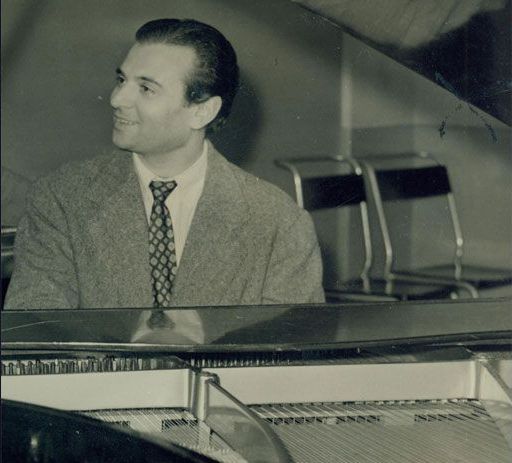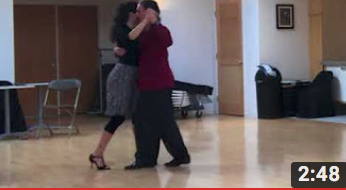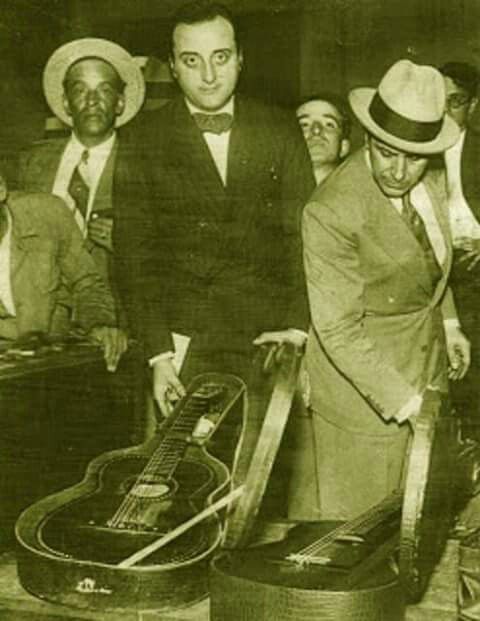Milongueando in Lafayette. Fresedo/Ray tanda.
When I receive a new student in my class I know that he or she wants to dance.
But teaching them to dance involves not only showing the moves, but also giving the student a sense of placement, making him or her aware that you cannot just do any move at any time.
I must give the new students a sense of Tango as a whole, make them understand that they are learning a culture.
Tango is what happens in the milonga. And when I say milonga, my image is that of the very best of the most authentic milongas in Buenos Aires.
This is what guides my instruction, and that is why, along with others who are after the same goal, we created the Escuela de Tango de Buenos Aires.
Lafayette classes and milonga are the most similar to a Buenos Aires neighborhood class and milonga. The friendly and committed to learn crowd of regulars makes the experience of this class and milonga to feel very welcoming and rewarding.









